The Modular Kitchen Market is currently characterized by a dynamic competitive landscape, driven by innovation, sustainability, and consumer demand for customization. Key players such as Nobilia (DE), IKEA (SE), and Häcker Küchen (DE) are at the forefront, each adopting distinct strategies to enhance their market presence. Nobilia (DE) focuses on modularity and design flexibility, appealing to a broad demographic, while IKEA (SE) emphasizes affordability and accessibility, leveraging its global supply chain to maintain competitive pricing. Häcker Küchen (DE) positions itself as a premium brand, investing heavily in sustainable materials and advanced manufacturing technologies, which collectively shape a competitive environment that is increasingly focused on quality and consumer-centric solutions.
The business tactics employed by these companies reflect a concerted effort to optimize operations and enhance customer experience. Localizing manufacturing has become a prevalent strategy, allowing companies to reduce lead times and adapt to regional preferences. The Modular Kitchen Market appears moderately fragmented, with a mix of established brands and emerging players, yet the influence of key players remains substantial, as they set benchmarks for quality and innovation.
In August 2025, IKEA (SE) announced the launch of a new line of eco-friendly modular kitchens, utilizing sustainable materials sourced from certified suppliers. This strategic move not only aligns with the growing consumer preference for environmentally responsible products but also positions IKEA as a leader in sustainable kitchen solutions. The introduction of this line is likely to enhance brand loyalty and attract environmentally conscious consumers, thereby strengthening IKEA's market position.
In September 2025, Häcker Küchen (DE) unveiled a partnership with a leading technology firm to integrate smart home features into their modular kitchen designs. This collaboration aims to enhance user experience through innovative technology, such as voice-activated appliances and energy-efficient systems. By embracing digital transformation, Häcker Küchen is poised to capture a segment of tech-savvy consumers, indicating a shift towards more integrated living spaces.
In July 2025, Nobilia (DE) expanded its production capabilities by investing in a new manufacturing facility in Eastern Europe. This strategic expansion is expected to enhance operational efficiency and reduce costs, allowing Nobilia to respond more swiftly to market demands. The move signifies a commitment to scaling operations while maintaining high-quality standards, which is crucial in a competitive market.
As of October 2025, the Modular Kitchen Market is witnessing trends that emphasize digitalization, sustainability, and the integration of artificial intelligence. Strategic alliances among key players are increasingly shaping the competitive landscape, fostering innovation and enhancing product offerings. The shift from price-based competition to a focus on technological advancement and supply chain reliability is evident, suggesting that future differentiation will hinge on the ability to innovate and meet evolving consumer expectations.


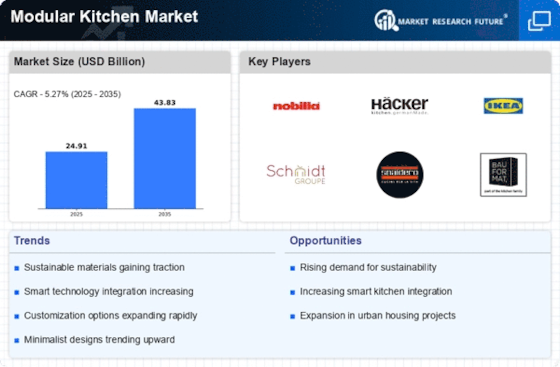
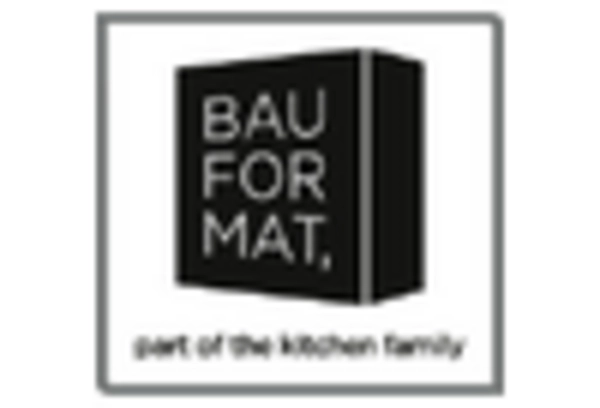
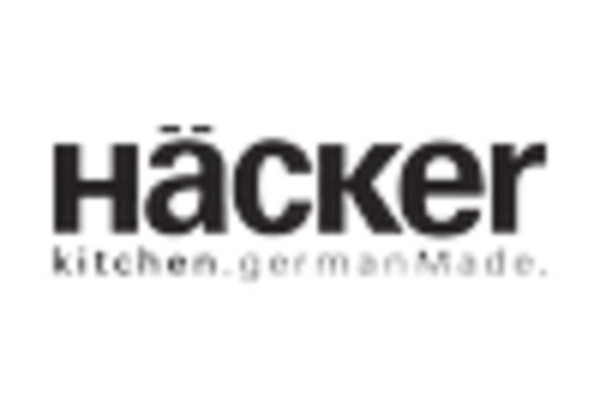

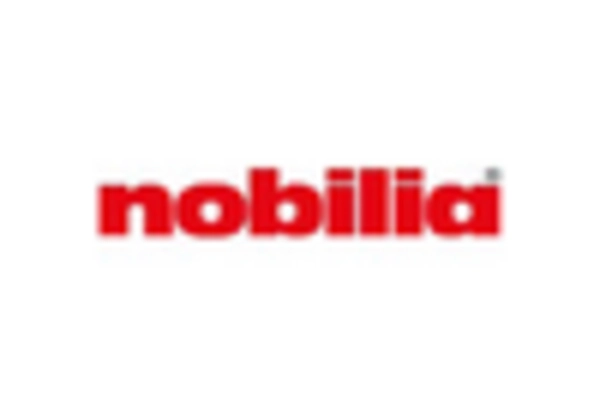
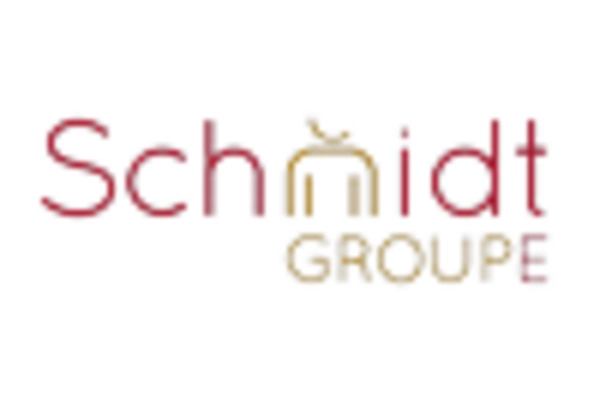









Leave a Comment